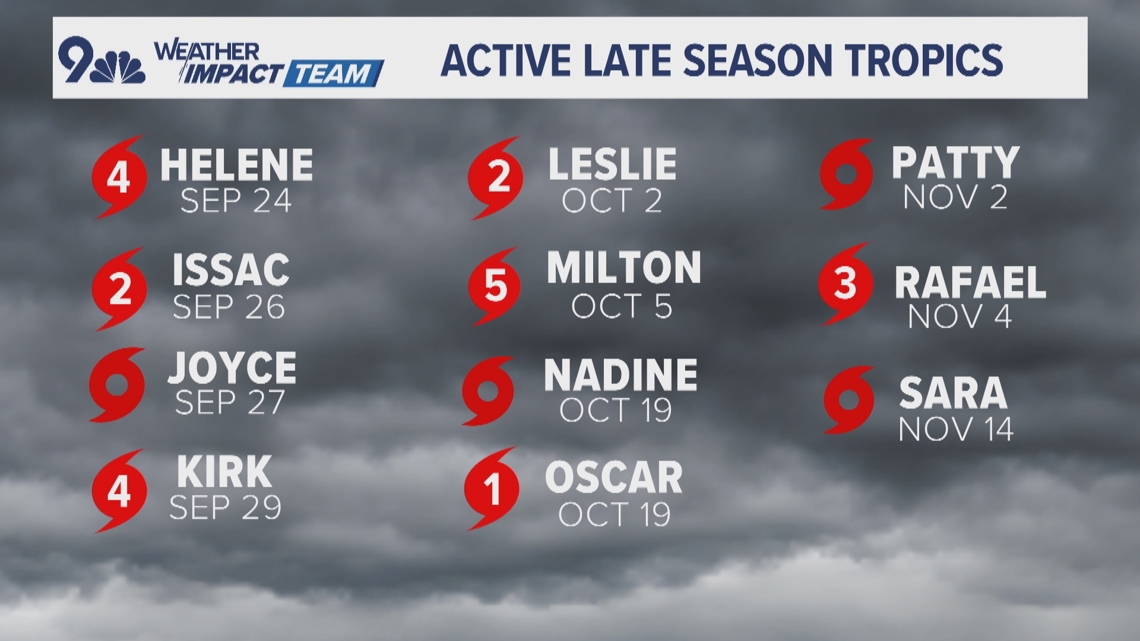FORT COLLINS, Colo. — One of the top hurricane research institutions in the world is, unexpectedly, in landlocked Fort Collins, at Colorado State University.
The program is good enough to lure Florida Ph.D. candidates.
“I was born in Florida, and I came out here to study hurricanes because I grew up hearing CSU’s name every single hurricane season and the forecasts, so it definitely has that reputation," Alex DesRosiers said.
DesRosiers recently completed his Ph.D. and now works with the Cooperative Institute for Research in the Atmosphere (CIRA), which is an extension of NOAA housed at CSU. He was part of the team that made one of the most aggressive hurricane forecasts in history back in April, predicting 11 hurricanes and five major hurricanes -- nearly double the average activity.
“The big storms that really grab headlines and can cause a lot of damage, those numbers ended up being pretty spot-on, but the way we got there was a little bit of a wild ride," he said.
He said the CSU team recognized early that there was potential for a record-breaking level of cyclone energy. And on July 2, Hurricane Beryl became the earliest Category 5 hurricane ever recorded.
But then the Atlantic Ocean went silent during what would normally be its most active period. After a slow August and start to September, a busted forecast was looming until the dramatic entrance of Hurricane Helene on Sept. 24. That deadly storm kicked off a string of 11 tropical storms, marking the most late-season activity ever recorded, including seven hurricanes and four late-season major hurricanes. That brought the total to exactly what CSU’s researchers forecasted in the preseason.
“That to me is the biggest smoking gun that the potential was there," DesRosiers said. "The fact that we can miss the boat in the middle of the season and still end up with a historic hurricane season just really underscores the potential that led to such an aggressive forecast.”


DesRosiers said there will be a lot to learn from this strange and historic season, but it also tells researchers that they are on the right track of identifying preseason hurricane potential.
And the season isn’t quite over – it ends on Nov. 30, but DesRosiers said the Gulf of Mexico will still be warm enough to produce a tropical storm in December if something forms under the right conditions.

